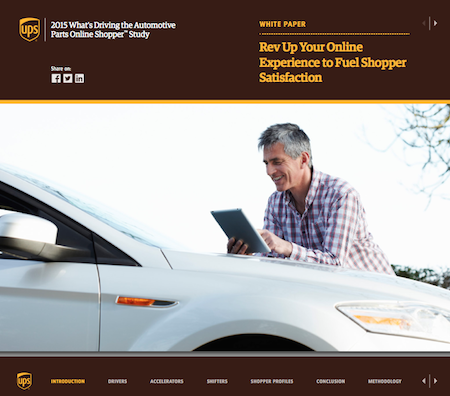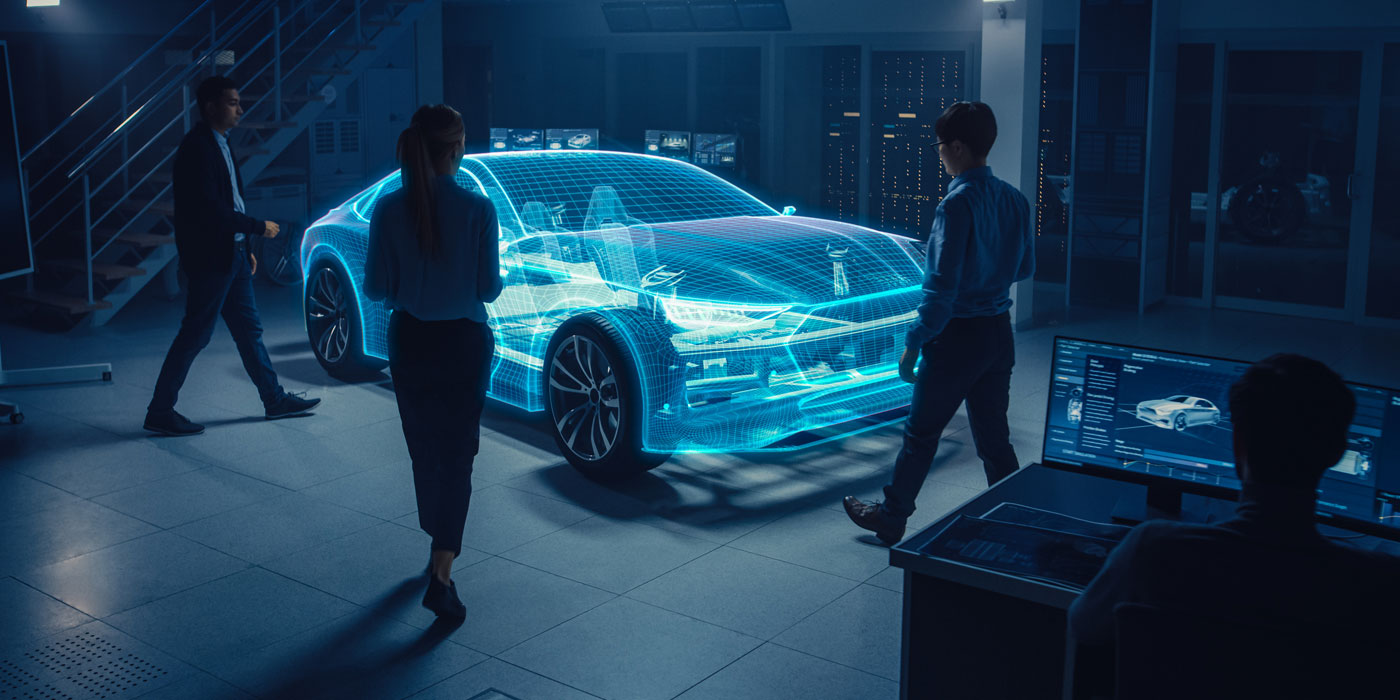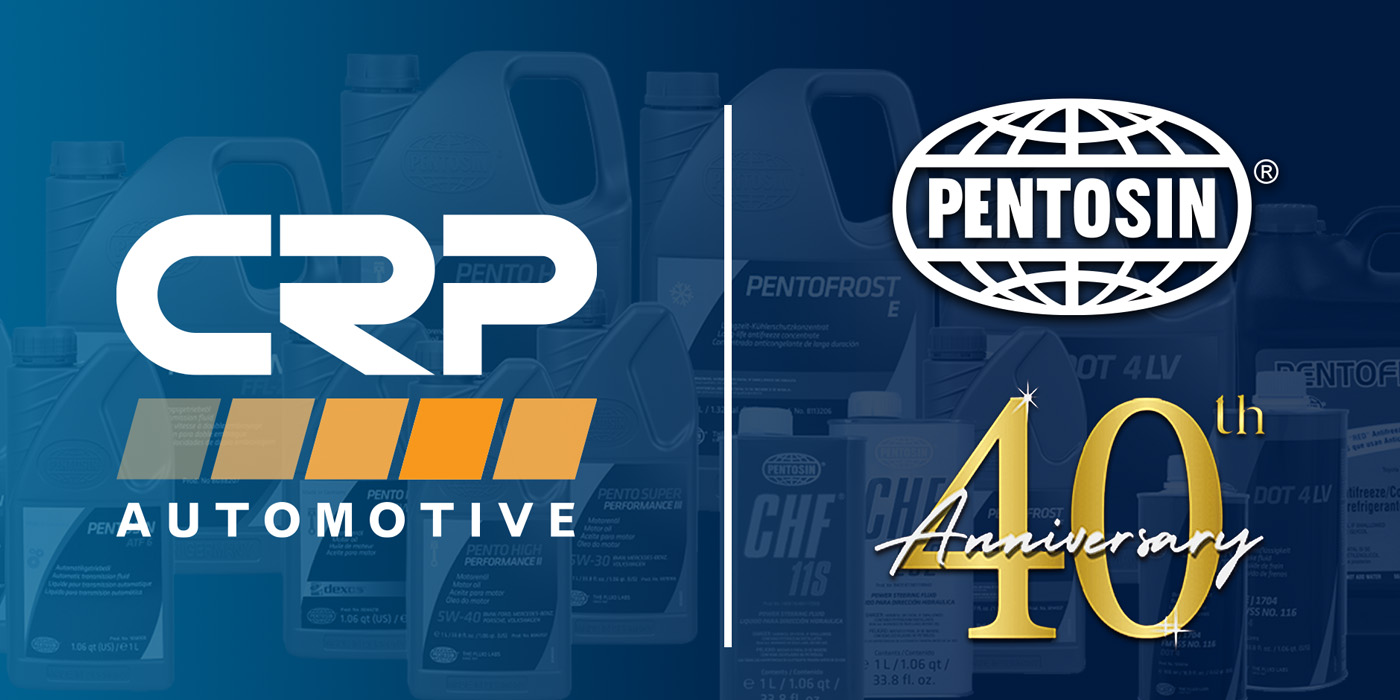Andi Oppmann and Stephen Hewitt
Courtesy of UPS
Not so long ago, a consumer would simply walk into a store if they wanted to make a purchase. Then came the e-commerce boom, which opened new opportunities to shop and compare prices online. Even with this disruption, the supply chain remained relatively simple. Most companies could run parallel supply chains for their brick-and-mortar and online businesses. This required little innovation. That now-archaic approach has evolved into the omnichannel experience. Consumers now shop how and when they want by seamlessly researching, buying and returning items through a complex combination of online and traditional-store resources.
This new shopping paradigm is here to stay, forcing distributors and retailers to transform their supply chains to effectively satisfy complex shopping behaviors.
The omnichannel experience happens when a customer navigates effortlessly between any and all channels in which a company sells its products. These sales channels include, but aren’t limited to, a mobile website or app, website, online marketplaces, mail-order catalogs, and physical stores. Regardless of the sales channel on which a customer begins or ends the purchase cycle, they transition seamlessly between the different options at their convenience. A customer might, for example, first see a product on social media on their mobile device, order it online with their laptop, and pick it up in store.
| Age | Showrooming (Yes?) | Webrooming (Yes) |
| <35 | 81% | 90% |
| ≥35 | 53% | 82% |
There are two primary behaviors driving the omnichannel phenomenon: webrooming (when a consumer researches online and purchases in-store) and showrooming (when a consumer researches in-store and purchases online).
How prevalent are these two behaviors in the automotive space? The Auto Care Association’s “E-tailing in the Automotive Aftermarket” study, a composite of data culled from first-and-third party research for parts and accessories shoppers both online and offline, reports that 56 percent of respondents showroom and 83 percent webroom. Notice the difference between Millennials (<35) and older shoppers? The showrooming/webrooming phenomenon will become more prevalent as Millennials become a larger share of your customer base.
UPS’s “What’s Driving the Automotive Parts Online Shopper” study takes this trend a step further and outlines the diversity of consumers’ preferred methods to research and purchase across channels. Nearly half of all online auto parts shoppers prefer to shop with some combination of the online/in-store dynamic.
To effectively deliver an omnichannel experience that truly benefits your business, your company’s technology and supply chain infrastructure needs to be optimized. Channel management software enables you to effortlessly manage your company’s presence across most, if not all, of your sales channels from a single interface. Given the explosion of online marketplaces selling aftermarket parts, channel management software is worth its weight in gold. While eBay and Amazon are the dominant players in this space, more online marketplaces see the double-digit growth potential for online auto parts sales and are starting to jump in.
Channel management allows you to leverage any and all opportunities that online marketplaces afford you — without adding complexities to your operations. Say goodbye to the days of bouncing between screens to keep track of your sales activity across multiple channels. This will save any e-tailer, especially those with a broad presence across sales channels, a significant amount of time and money.
Order management software is also a worthy investment. These tools allow you to consolidate orders placed by consumers from nearly every channel. With this tool, you can track orders, streamline warehouse fulfillment operations and possibly integrate shipping management software to help you fulfill orders within seconds.
Incorporating supply chain management tools helps you compete by turning your stores into distribution centers for orders placed nearby. Shipments could become less expensive, and transit times, reduced, passing along significant savings to your customers. Remember that 95 percent of online auto parts shoppers compare prices before making a purchase. Any savings you can pass along puts you in a better position to win the sale.
Lastly, inventory management tools can help prevent the dreaded stock-out, alerting you to low inventory levels for high-turnover items. You won’t lose potential sales when an item out of stock online is actually available in-store. An optimized inventory means that if you have it, you can sell it, regardless of the sales channel.
The Auto Care study also finds that professional technicians (which represent more than half of all online auto parts shoppers) engage in omnichannel activities: 27 percent use showrooming while 71 percent employ webrooming.
This insight is telling. Consumers do not share installers’ heightened sense of urgency. The UPS study shows that online auto parts shoppers are willing to wait longer than the general online shopper for delivery. In contrast, most installers attempt to minimize costs by not carrying inventory, enabling the e-tailer to deliver the needed part at the lowest price. Swift delivery could provide the difference between winning and losing the repair job. An integrated supply chain lets you notify installers online when a part is available at a local store. And effective inventory management lets you know when to replenish top-selling parts.
An integrated supply chain also facilitates in-store returns. The UPS study reveals that 86 percent of all online auto parts shoppers prefer in-store returns — and nine in ten of those shoppers buy more products when they visit your store. In other words, prepare for happy – and loyal – customers and greater sales.
This is the ominchannel experience in action. Boundaries that previously limited the reach of your operations have faded away. You can do more than just talk about giving customers what they want, when they want it. You can deliver.
Andi Oppmann is the marketing manager and Stephen Hewitt is the marketing analyst for the automotive industry at UPS.











